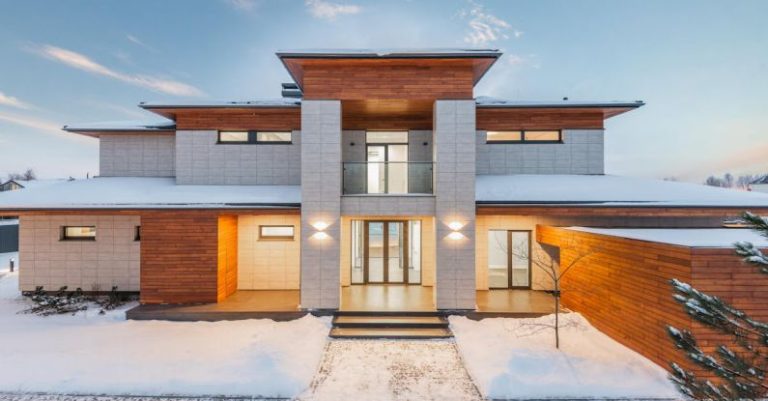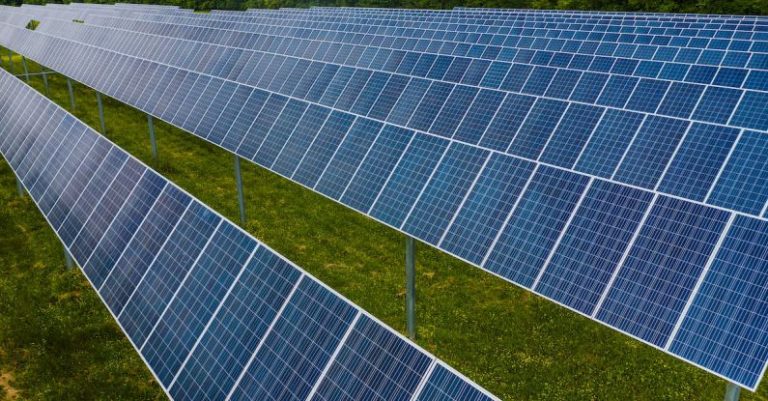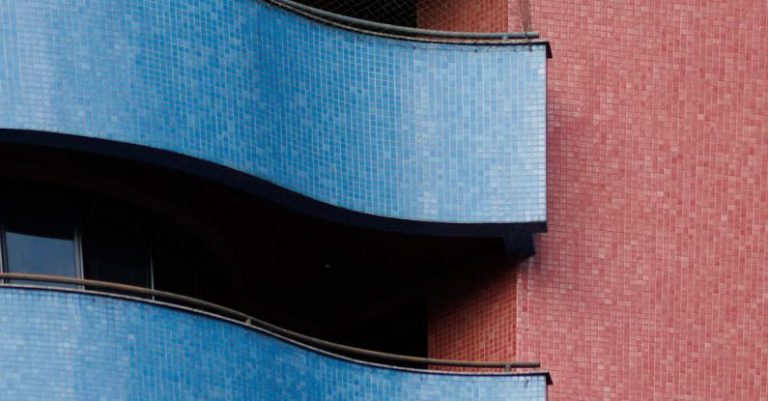Exploring the Potential of Bamboo Composites in Architecture
Bamboo Composites in Architecture: A Sustainable Solution
Bamboo, often associated with tropical landscapes and panda bears, is making a name for itself in the world of architecture. With its remarkable strength-to-weight ratio, flexibility, and renewability, bamboo has long been utilized in construction and design. However, recent advancements in technology have led to the development of bamboo composites, opening up a world of new possibilities for sustainable architecture. Let’s delve into the potential of bamboo composites and how they are revolutionizing the way we think about building materials.
The Rise of Bamboo Composites
Bamboo composites are engineered materials that combine bamboo fibers with a matrix, typically a polymer resin, to create a stronger and more durable product. By harnessing the natural strength of bamboo and enhancing it with modern manufacturing techniques, these composites offer an environmentally friendly alternative to traditional building materials like steel, concrete, and wood.
Enhanced Strength and Durability
One of the key advantages of bamboo composites is their enhanced strength and durability. Bamboo fibers are inherently strong, making them an ideal reinforcement material for composites. When combined with a resin matrix and subjected to the right manufacturing processes, bamboo composites can rival the strength of steel while being significantly lighter in weight. This makes them an attractive option for a wide range of architectural applications, from structural elements to cladding and finishes.
Versatility in Design
Another compelling aspect of bamboo composites is their versatility in design. Unlike traditional building materials, bamboo composites can be molded into complex shapes and forms, allowing architects and designers to explore innovative and creative solutions. From curved facades to intricate latticework, the flexibility of bamboo composites opens up a world of possibilities for creating unique and visually stunning structures.
Sustainability at its Core
At the heart of bamboo composites lies their sustainability. Bamboo is one of the fastest-growing plants on the planet, with some species capable of growing up to 35 inches in a single day. This rapid growth rate, coupled with bamboo’s ability to thrive in diverse climates and soil conditions, makes it a highly renewable resource. By using bamboo composites in architecture, designers can reduce their environmental impact and contribute to a more sustainable built environment.
Resilience to Environmental Factors
In addition to being sustainable, bamboo composites also exhibit excellent resilience to environmental factors. Bamboo fibers are naturally resistant to pests, fungi, and moisture, making them an ideal choice for outdoor applications. Whether used in tropical climates or harsh urban environments, bamboo composites can withstand the elements and maintain their structural integrity over time. This durability makes them a cost-effective and long-lasting solution for architectural projects.
Integration with Modern Technologies
As technology continues to advance, so too does the potential of bamboo composites in architecture. With the advent of digital fabrication techniques such as 3D printing and robotic manufacturing, architects and designers can explore new ways of utilizing bamboo composites in their projects. From parametric modeling to generative design, technology is paving the way for innovative and efficient construction methods that leverage the unique properties of bamboo composites.
Building a Sustainable Future with Bamboo Composites
In conclusion, the potential of bamboo composites in architecture is vast and promising. From their enhanced strength and durability to their versatility in design and sustainability at their core, bamboo composites offer a compelling alternative to traditional building materials. By integrating modern technologies and embracing the natural beauty of bamboo, architects and designers can pave the way for a more sustainable and resilient built environment. As we look towards the future of architecture, bamboo composites stand out as a beacon of innovation and sustainability, shaping the way we build and inhabit our world.






